The 5 Best Japanese Game Remasters of 2022
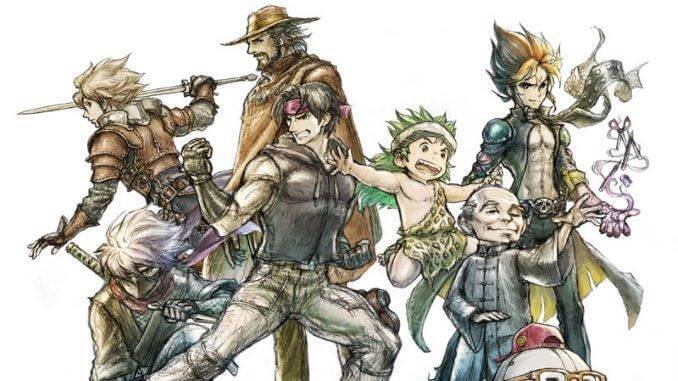
If you’re like me and are slowly building up a game library of retro Japanese titles, 2022 was a good year to do so. Case-in-point, Square Enix is bringing the first six Final Fantasy games (which comprise the Pixel Remaster series) to the Nintendo Switch as of Spring 2023. Previously, these remasters were only available on PC and mobile. I’m hoping that Square Enix’s ongoing remaster project inspires other companies, both within and outside of Japan to remaster more of their old catalogs.
On that note, I’ve compiled a list of what I think are 2022’s five best Japanese classic remasters. This is more of a roundup than a countdown to the best of the five chosen, so I have ordered this list according to which titles were the most rare on down. Enjoy!
1. Live A Live
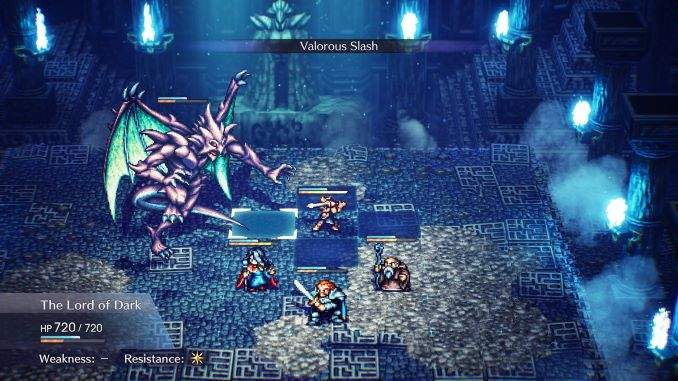
This 1994 remaster of Takashi Tokita’s (director of Chrono Trigger and Final Fantasy IV) anthology is not only an innovative title that showcases “the potential of the RPG as an aesthetic storytelling form,” as Jackson Tyler gracefully observed earlier this year, but it’s also a rare gem. This remake, done in the signature HD-2D style popularized by Octopath Traveler, was never localized for western audiences until this year. Unless you were one of those fancy types who was able to afford or access an import Super Famicom (a.k.a. SNES) and its games in the ‘90s, or the 2015 port of it for the Japanese Wii U virtual console, it was difficult to get your hands on a copy of Live A Live. Which is a shame, because even with some quality of life issues (see Emily Price’s “Live a Live Demo Delivers Charm But Not Enough Variety”), this RPG has stood the test of time and is quite delightful in both its movie genre pastiche and how this pastiche is represented via inventive narrative design. It’s emblematic of the experimental early days of JRPGs and will be a worthy addition to Chrono Trigger fans libraries, since Live A Live served as a sort of blueprint for Trigger and has also inspired newer classics like Undertale.
2. Chrono Cross: The Radical Dreamers Edition
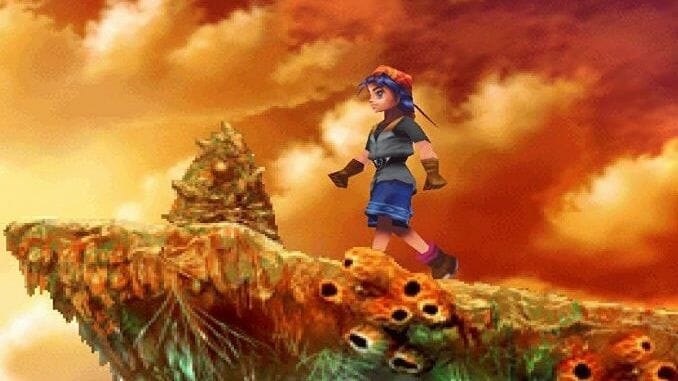
I wrote earlier on this year about how this remaster (and its inclusion of Radical Dreamers: Le Trésor Interdit) typified the current state of games preservation. Chrono Cross is a cult favorite, but only just, and game corporations aren’t always in the habit of keeping such titles alive. Often this JRPG classic is remembered less for its gameplay and more for its beautiful soundtrack by acclaimed composer Yasunori Mitsuda. In fact, Mitsuda completely reworked or “refined” the soundtrack to improve the sound quality for current technology standards and even composed a new track exclusive to this edition. There’s also new artwork by character designer Nobuteru Yuuki, upgraded 3D models and fonts and (my personal favorite) a new suite of quality of life options that allow you to speedrun or encounter fewer battles.
The biggest draw for retro collectors will be the inclusion of Radical Dreamers: Le Trésor Interdit, a 1996 textadventure made for the SNES Satellaview service that is being officially localized for the first time with this remaster. Previously the only way you might readily play this intriguing predecessor to Chrono Cross would’ve been via a ROM emulator, which Nintendo has since cracked down on. Radical Dreamers might not be perfect in terms of game design but, as Imran Khan observed, it recontextualizesChrono Cross’ lore and to some extent Chrono Trigger as well.
3. Tactics Ogre: Reborn
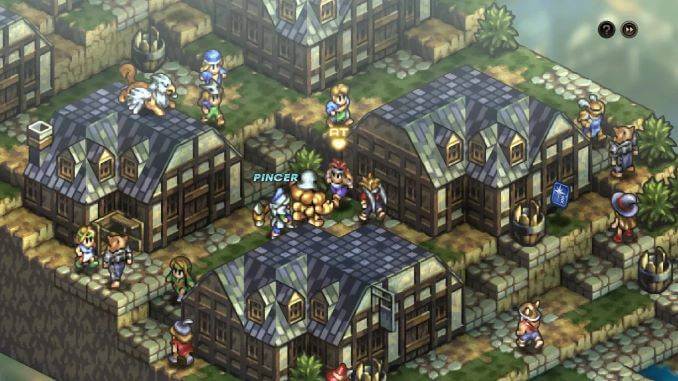
While not as rare as the previous two remasters on this list, Tactics Ogre: Reborn is noteworthy for being a title that has been consistently remastered and ported to various consoles since its first release in 1995. Originally this game was Let Us Cling Together, the second entry in the Tactics Ogre series. Reborn is a remaster of the 2010 PSP remake. Several new features have been added, with the most notable being: an improved soundtrack with live performance recordings, updated graphics, voiceovers in both English and Japanese and updated game design.
This last feature could be controversial for some players of the classic, as it includes a switch from the class-wide level management system to a unit-by-unit level one. Square cites this being in favor of pushing the “Theorycraft” of the game by allowing players to create endless combinations of “classes, equipment, skills, and magic.” This switch in management systems may make for a steeper learning curve for new players, but a couple more significant features may balance the scales. The first is the World Tarot function from the PSP, an unlockable feature that allows you to revisit key junctures in the narrative and make different choices. Secondly, there is the Chariot Tarot, which allows players to backtrack a few moves in battle.
The game is a must-have for any fans of tactical JRPGs Tactics Ogre is also the predecessor to Final Fantasy Tactics, which is also due for another remaster in my opinion.
4. Valkyrie Profile: Lenneth
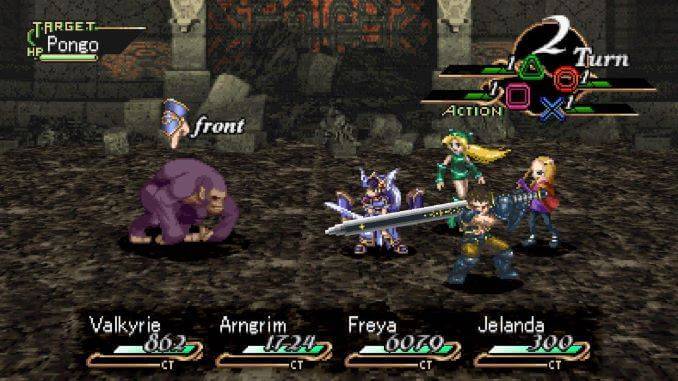
Valkyrie Profile is one of the series that I believe is important to game history because it heralds (ironically for a game about Ragnarok) the end of an era. This was one of the last titles Enix put out before they merged with Square Soft at the turn of the millennium. It was released on the Playstation in Japan more than halfway through its generation in 1999 (2000 for North America). But it was also exemplary of how games at this point were hybrids of old and new systems. Valkyrie Profile had 2D sprites but a 3D map, accompanied by gorgeous concept art by Ko and Yo Yoshinari. But its challenging strategic battle system and time-based narrative counting down to apocalyptic war between the Aesir and Vanir was progressive for its time.
Although Valkyrie Profile has been ported to the PSP in 2006 and most recently to Android and IOS in 2018, Lenneth is the first time it’s being ported to a mainstream Sony console since the PSP release. Lenneth features a rewind function which allows players to backtrack if they are stuck during dungeon crawling, visual presets for graphics and the ability to quicksave and load. This remaster is also included in a digital bundle with the newly released Valkyrie Elyisum, which serves as a soft reboot to the series.
5. Klonoa Phantasy Reverie Series

This last entry is a non-sequitur, I’ll admit, especially considering how much of this list is about Square remasters. But this duology is an important remaster and not just because of it’s tearjerker of a story (Austin Jones previously wrote an in-depth take on the expressive tragedy of Klonoa). For the 25th anniversary of Klonoa’s first release in 1997, Door to Phantomile, Bandai Namco upgraded the graphics for both of these 3D platformers, yet the rest of the gameplay elements remains untouched. The emphasis for this remaster was to preserve what players loved most about this nostalgic series, which was challenging yet minimalist mechanics and an endearing world filled with memorable characters. Klonoa was last remade for the Wii in 2008 and only Door to Phantomile was included. This is the first time since Lunatea’s Veil’s 2001 release that it’s been ported and remastered from Playstation 2.
These five remasters are representative of the constant evolution of Japanese game design and point towards the challenges of preserving games across console generations. Even if you aren’t a collector or historian, you might find a new favorite amongst these eclectic titles. Or perhaps get some late holiday season gift ideas for the retro game collector in your life.
Phoenix Simms is an Atlantic Canadian writer and indie game narrative designer. You can find her work at Unwinnable, Videodame, Third Person, and her portfolio. Her stream-of-consciousness can be found at @phoenixsimms.